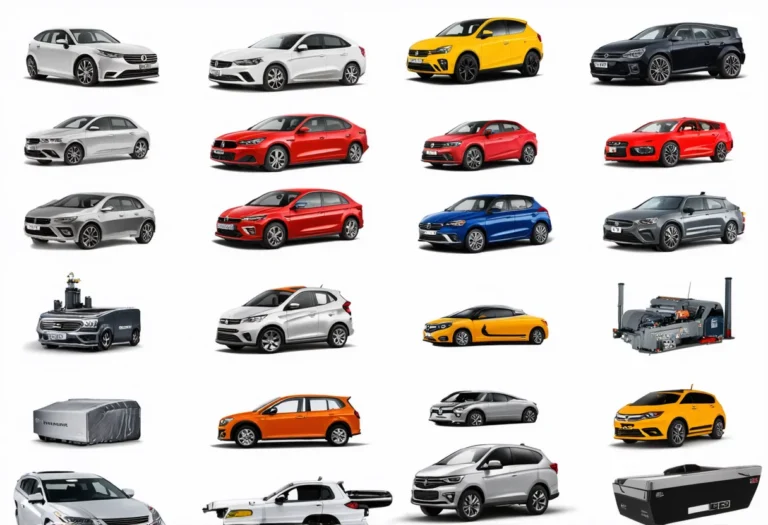Country Cote d’Ivoire has a population of 28,160,542, ranking 51st globally, just behind Venezuela. Located in West Africa, it covers 322,460 sq. km, ranking 67th, slightly smaller than Malaysia.
Cote d’Ivoire’s economic position in 2022 showcases a GDP of $70,018,715,016.83, ranking it at 81 globally, just behind Lithuania with a GDP of $70,974,490,450.49. The GDP per capita for Cote d’Ivoire stands at $2,486.41, placing it at 139 worldwide, trailing behind Congo, Rep. with a GDP per capita of $2,649.22.
Despite facing challenges, Cote d’Ivoire continues to strive for economic growth and development in various sectors to enhance its position on the global economic stage.
What are the economic activities of Cote d’Ivoire?
- Primary activities: 20.1% of GDP.
- Secondary activities: 26.6% of GDP.
- Tertiary activities: 53.3% of GDP.

Primary Sector of Cote d’Ivoire
The primary sector in Cote d’Ivoire is predominantly agricultural, with 73.9% of the land dedicated to farming. The country’s favorable climate and abundant natural resources support a variety of crops and animal products. The main agricultural products include yams, cassava, oil palm fruit, cocoa beans, sugarcane, plantains, rice, rubber, maize, and cashews.
Agriculture, forestry, and fishing contribute 20.1% to the GDP, showcasing the sector’s importance to the economy. Despite not being the largest contributor, the diverse range of agricultural products highlights the significance of agriculture in sustaining livelihoods and fostering economic growth in Cote d’Ivoire.
The country’s diverse geology enables a rich array of natural resources, including petroleum, natural gas, diamonds, manganese, iron ore, and more. These resources drive the economy through mining, agriculture, and energy production, with cocoa beans, coffee, and palm oil being significant exports alongside minerals and hydroelectric power.
Secondary Sector of Cote d’Ivoire
What is the secondary sector or what are secondary activities?
The secondary sector involves industries that transform raw materials into finished products. In Cote d’Ivoire, the main industrial products include foodstuffs, beverages, wood products, oil refining, gold, truck and bus assembly, textiles, fertilizer, building materials, and electricity. These industries play a crucial role in creating goods for domestic consumption and export, contributing significantly to the country’s economy.
Manufactures in Cote d’Ivoire’s total exports are not significant, accounting for only 9.99% in 2023, indicating a reliance on other sectors for economic growth and stability.
Tertiary sector of Cote d’Ivoire
What is the tertiary sector or what are tertiary activities?
The tertiary sector encompasses the intangible aspects of the economy where individuals provide knowledge and time to enhance productivity and meet needs. It includes services like advice, expertise, and attention for both consumers and businesses. In Cote d’Ivoire, the main tertiary activities are Healthcare and medical care, Education and training, Banking and finance, Tourism and hospitality, Transportation and logistics, Telecommunications, and Security and protection.
Notably, Tourism plays a vital role in Côte d’Ivoire’s economy, contributing significantly to its GDP. With 2,070,000 annual arrivals, accounting for 0.0735 tourist arrivals per capita, popular destinations like the Taï National Park and the historic Grand Bassam attract visitors, boosting local economies and employment opportunities.
Another example of tertiary economic activity is the mobile cellular sector, with approximately 49 million subscriptions, equating to 174 per 100 inhabitants. This extensive network fosters technological growth, enhancing connectivity and innovation.
Military Activities and Economic Sectors of Cote d’Ivoire
The military is a key example of different economic activities working together. In Cote d’Ivoire, the primary sector helps by providing resources for military use. The secondary sector focuses on making military equipment, while the tertiary sector includes services like training and support. The quaternary sector is important for military research and development, and the quinary sector involves high-level decision-making and strategy.
In 2023, Cote d’Ivoire’s military expenditure was $681.5 million, which is 0.89% of its GDP. The country has an active military force of 27,400 personnel. This means there is about 1 active military member for every 1,000 people in the population.
Biggest company in Cote d’Ivoire
Which is the biggest company in Côte d’Ivoire? It is Société Générale Côte d’Ivoire, a major player in the banking industry. With a market value of approximately 0.52 billion USD, it operates in the tertiary sector. The company was founded in 1996, providing essential financial services.
International Trade of Cote d’Ivoire
Import Activities of Cote d’Ivoire

Import activities in Cote d’Ivoire are crucial, accounting for 27.49% of GDP, highlighting the country’s reliance on foreign goods.
Cote d’Ivoire’s major import activities include crude petroleum, refined petroleum, ships, rice, and fish. Its top import partners are China (18%), Nigeria (11%), France (8%), India (5%), and Belgium (4%).
Exports Activities of Cote d’Ivoire

In 2023, Cote d’Ivoire’s total exports reached $17,395,328,776.50, with exports accounting for 24.84% of its GDP. This indicates medium importance, highlighting the significant role export activities play in the country’s economy.
Cote d’Ivoire’s export activities are diverse, with cocoa beans, gold, rubber, refined petroleum, and cocoa paste being key commodities. Its top export partners are Switzerland (9%), Mali (8%), Netherlands (8%), US (6%), and France (5%).
Cote d’Ivoire economy challenges in 2024
In 2024, Cote d’Ivoire faces challenges of urban-rural poverty disparity, managing public debt, and sustaining economic growth. The country’s construction sector thrives, but rural areas struggle with poverty as the economy diversifies.





Leave a Reply